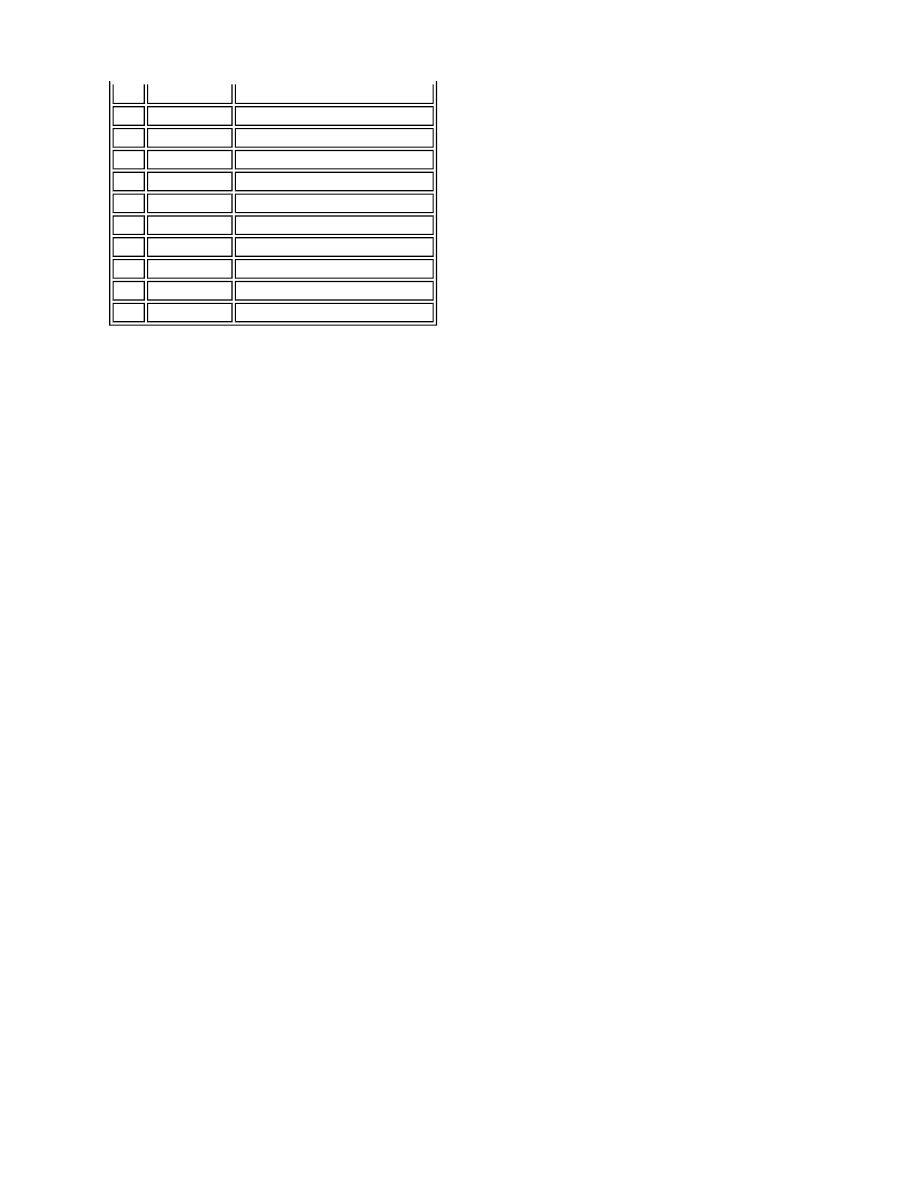LR3/Disco 3

The valve unit is an integral part of the steering gear. The principle function of the valve unit is to provide maximum power
assistance (i.e. when parking) with minimum effort required to turn the steering wheel.
The pinion housing of the valve is an integral part of the main steering gear casting. The pinion housing has four
machined ports which provide connections for pressure feed from the power steering pump, return fluid to the reservoir
and pressure feeds to each side of the cylinder piston.
The valve unit comprises an outer sleeve, an input shaft, a torsion bar and a pinion shaft. The valve unit is co-axial with
the pinion shaft which is connected to the steering column via the input shaft. The valve unit components are located in
the steering gear pinion housing which is sealed with a cap.
The outer sleeve is located in the main bore of the pinion housing. Three annular grooves are machined on its outer
diameter. PTFE rings are located between the grooves and seal against the bore of the pinion housing. Holes are drilled
radially in each annular groove through the wall of the sleeve. The bore of the outer sleeve is machined to accept the
input shaft. Six equally spaced slots are machined in the bore of the sleeve. The ends of the slots are closed and do not
continue to the end of the outer sleeve. The radial holes in the outer sleeve are drilled into each slot.
The input shaft has two machined flats at its outer end which allow for the attachment of the steering column intermediate
shaft yoke. The flats ensure that the intermediate shaft is fitted in the correct position to maintain the optimum phase
angle. The inner end of the input shaft forms a dog-tooth which mates with a slot in the pinion shaft. The fit of the dog-
tooth in the slot allows a small amount of relative rotation between the input shaft and the pinion shaft before the dog-
tooth contacts the wall of the slot. This ensures that, if the power assistance fails, the steering can be operated manually
without over stressing the torsion bar. The central portion of the input shaft has equally spaced longitudinal slots
machined in its circumference. The slots are arranged alternately around the input shaft.
The torsion bar is fitted inside the input shaft and is an interference fit in the pinion shaft. The torsion bar is connected to
the input shaft by a drive pin. The central diameter of the torsion bar is machined to a smaller diameter in its central
section. The smaller diameter allows the torsion bar to twist in response to torque applied from the steering wheel in
relation to the grip of the tyres on the road surface.
The pinion shaft has machined upper teeth on its central diameter which mate with teeth on the steering gear rack. A slot,
machined in the upper end of the pinion shaft mates with the dog-tooth on the input shaft. The pinion shaft locates in the
pinion housing and rotates on ball and roller bearings.
Power Steering Hydraulic Operation
7
-
Torsion bar
8
-
Circlip
9
-
Oil seal
10
-
PTFE ring
11
-
Steering gear casting
12
-
Slots
13
-
Pin - Pinion shaft to outer sleeve
14
-
Oil seal
15
-
Pinion shaft
16
-
Bearing
17
-
Pinion shaft nut
